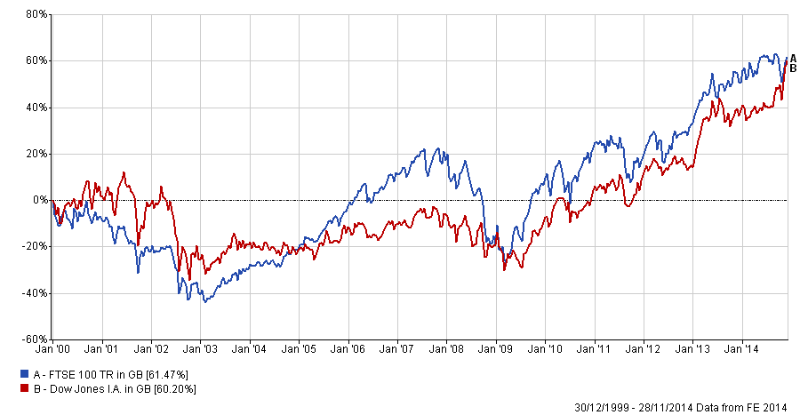Update July 2015 – in the ‘Summer Budget’, the Government announced a change to Pension Input Periods (PIP) which essentially brought the rules (which became effective immediately) in line with what most non-pension ‘consumers’ assumed all along – that the PIP is aligned with the tax year end. The Government also removed the ability to end PIPs early.
Like it or not, everyone’s PIP ended at midnight on 8th July 2015 and a new PIP opened up on 9th July which will then end on 5th April 2016.
I leave the following article as a testament of ‘what once was’ given that this serves to demonstrate not only how things are not always as they appear, but also that legislation change is the norm for pension and broader financial planning…..
Original article: Pensions are (perhaps) one of the most complicated tax wrappers known to mankind – not only are they a source of amusement to politicians of all colours as a result the constant tinkering with various rules, attributes and regulations but they are also a source of huge misinformation and misunderstanding (but I’ll save that soap box rant for another day).
The irony is that not only can they be very complicated, they are also very useful – not least as a result of wide sweeping changes due to take effect next week which result in significant flexibility, increased tax effectiveness and the ability to pass wealth on between generations (again, something else I’ll save for another day).
So back to the task in hand – the wonderful world of PIPs…. not quite as complicated as quantum physics but not far short of that weird and wonderful subatomic world.
I wrote previously concerning the concept of ‘unknown unknowns’ (see here) – one area of particular ‘danger’ when it comes to pensions is the fact that the end of the personal tax year (i.e. 5th April) has virtually nothing to do with the amount that can be funded into pensions on an annual basis.
The amount you can fund is down to the Annual Allowance and how this is calculated is actually down to the Pension Input Period (the ‘PIP’) of the scheme/plan to which the payment is being made (i.e. NOT the tax year end).
The current annual allowance is £40,000 and therefore if someone funded £40,000 on 1st April 2015 (i.e. in the current tax year) and a further £40,000 on 20th April (i.e. in the next tax year) these are very likely to both form part of the same PIP and thereby that individual would have breached the Annual Allowance of £40,000 given that £80,000 has been invested.
However, as another example, two payments of £40,000 (i.e. a total of £80,000) could be made on 1st April to two different schemes (with different PIPs). This would initially seem foolish given that the Annual Allowance is £40,000 however if one PIP ended on 1st April and the other on 20th April then this £80,000 would be permissible given that the PIPs ended in different tax years!
I am sure that the notion of PIPs is alien to the vast majority of people who are funding pensions, but for those who are making significant contributions, this is something they need to be very aware of given that exceeding this would result in a tax charge (and in most circumstances, making the excess contribution arguably pointless).
Furthermore, aggressive funding can be achieved by clever use of PIPs (as demonstrated in the £80,000 example above).
Bring into the equation that those with multiple policies will have multiple PIPs, that the Annual Allowance has changed on numerous occasions recently, that unused allowances from previous years can be carried forward and that PIPs can be changed, then a simple question of ‘how much can I pay into a pension this year’ becomes a mammoth task of data gathering and ‘Annual Allowance testing’ before an accurate answer can be given.
So next time you ask a Financial Adviser the seemingly simple question ‘how much can I pay into my pension’ please don’t be surprised if you see their body slump a little as they take a deep breath and begin with…. “well, it’s complicated because….”
Alternatively, if they are quick to answer £40,000 you might want to flex your pension muscles and ask them ‘but what about my PIPs’!


